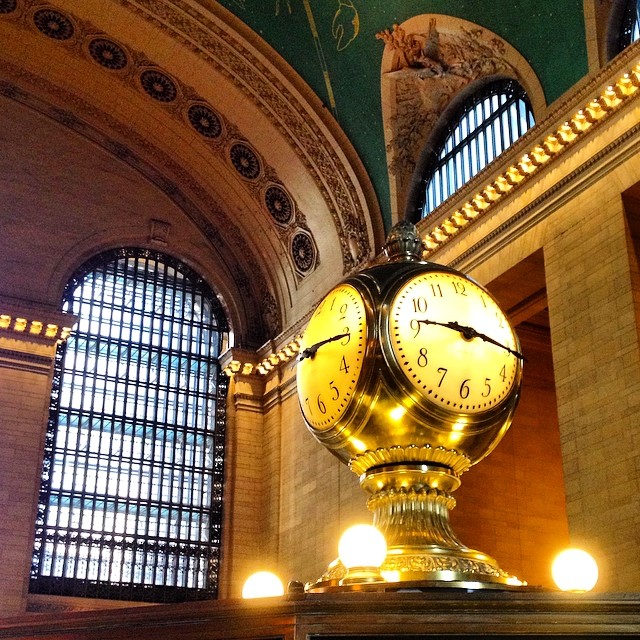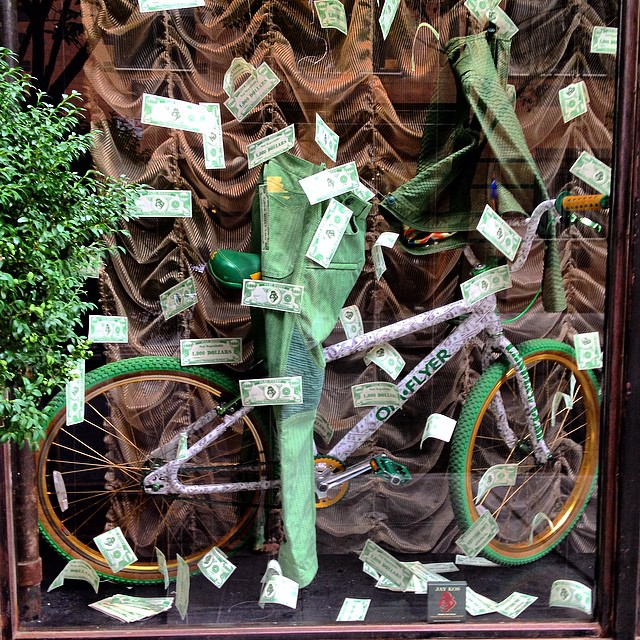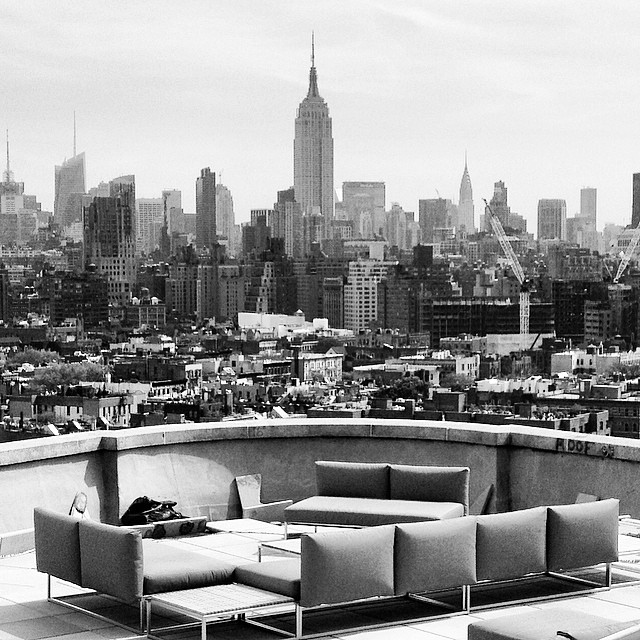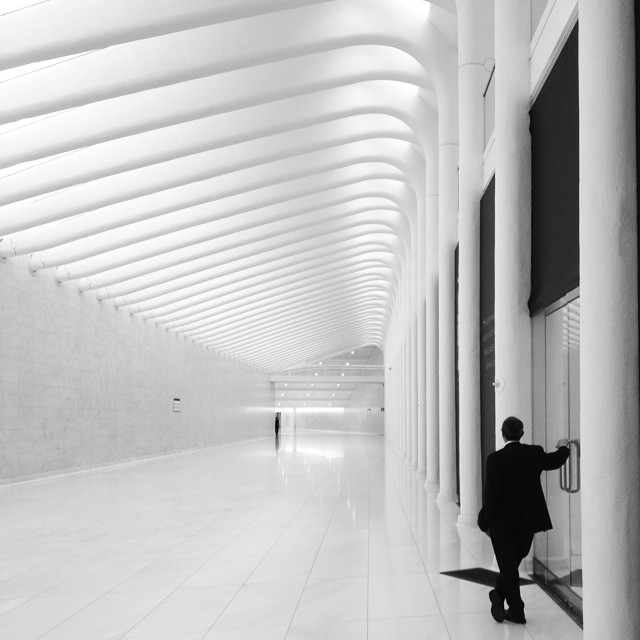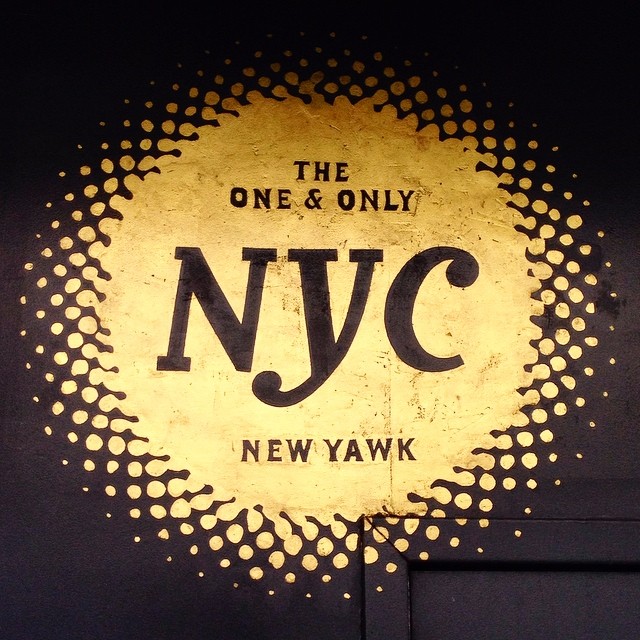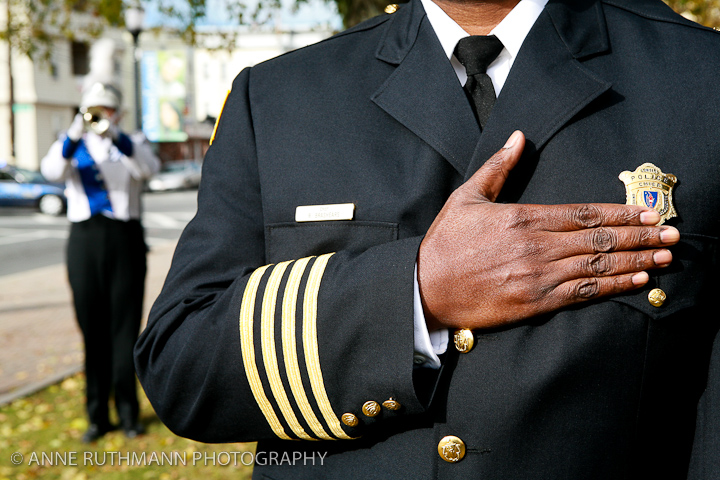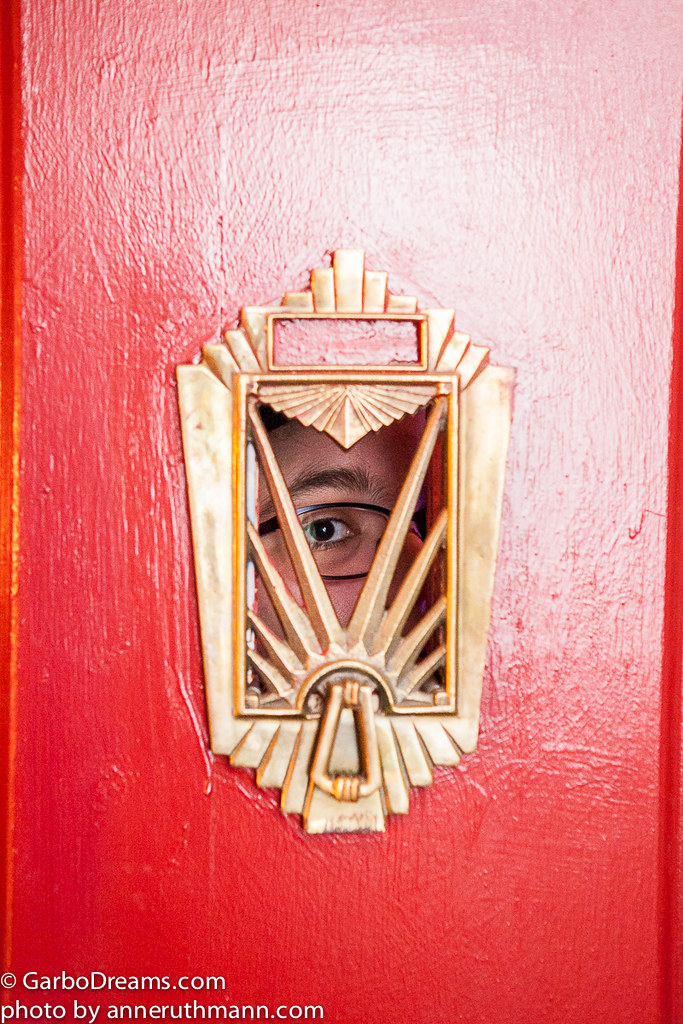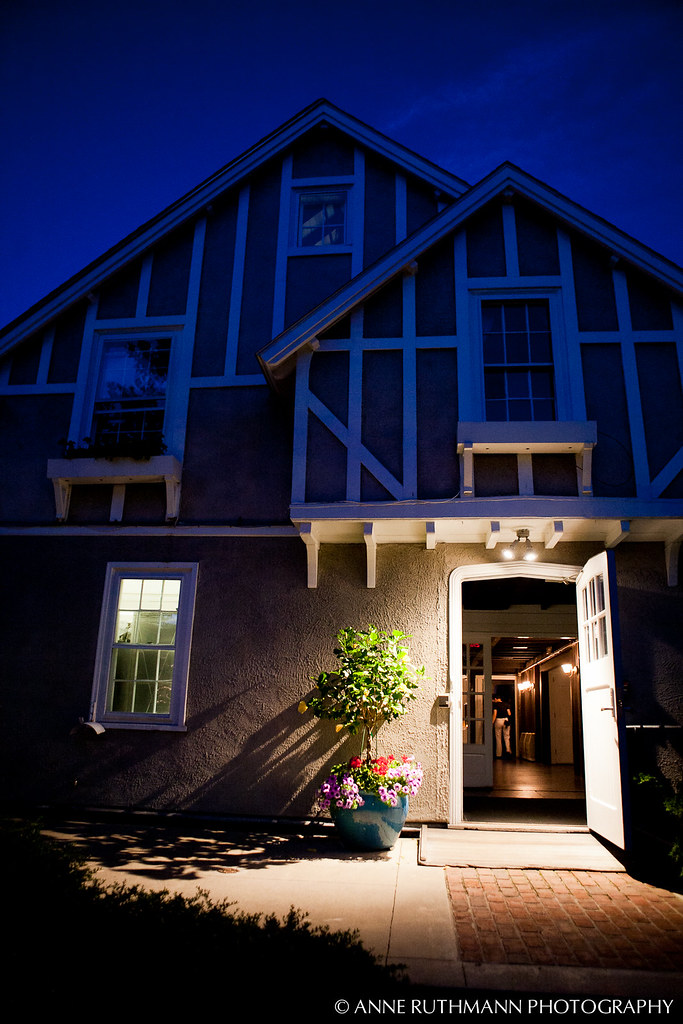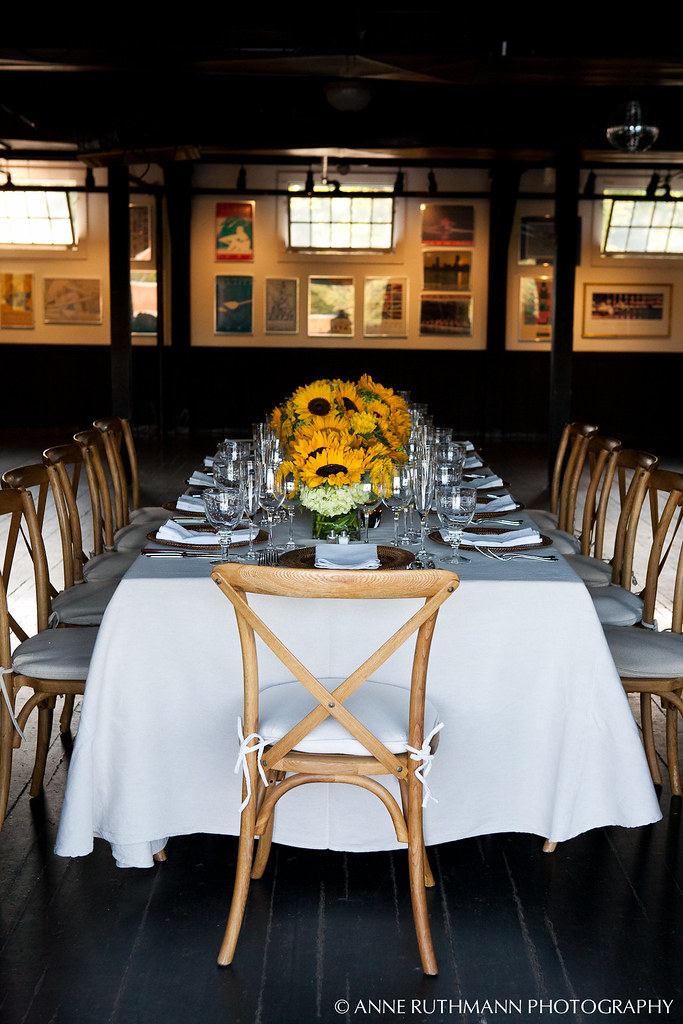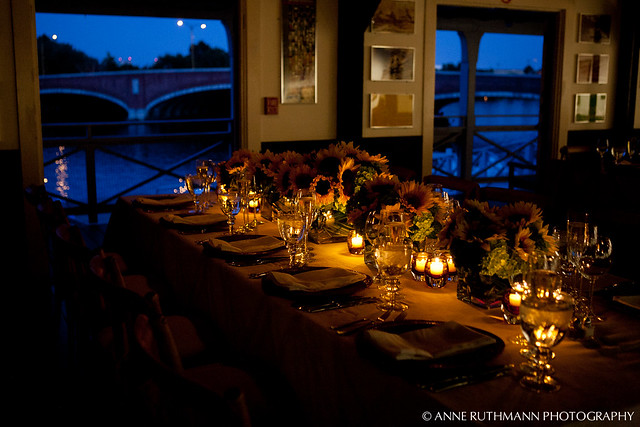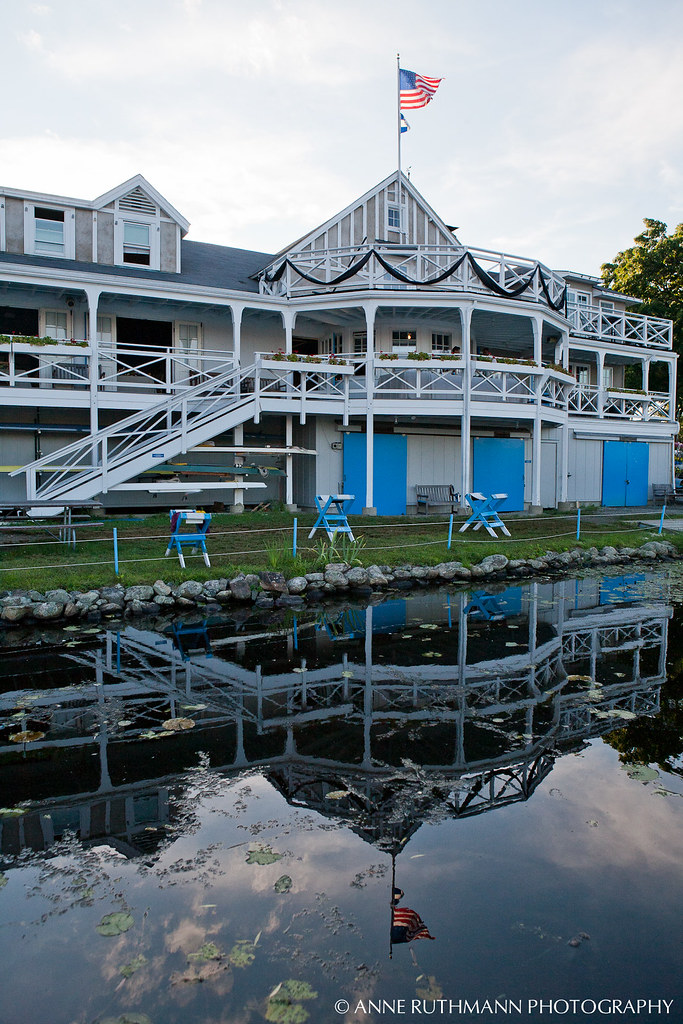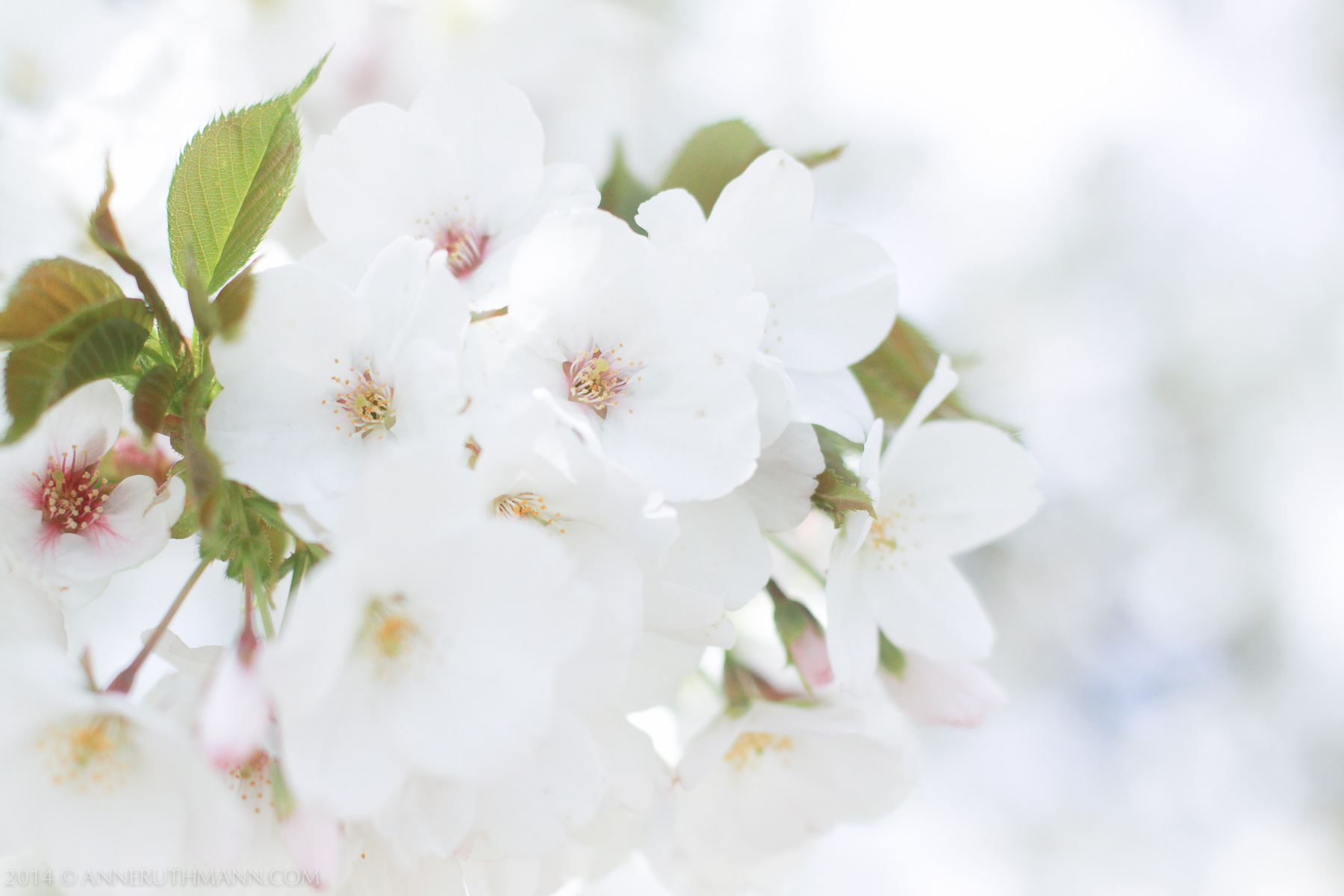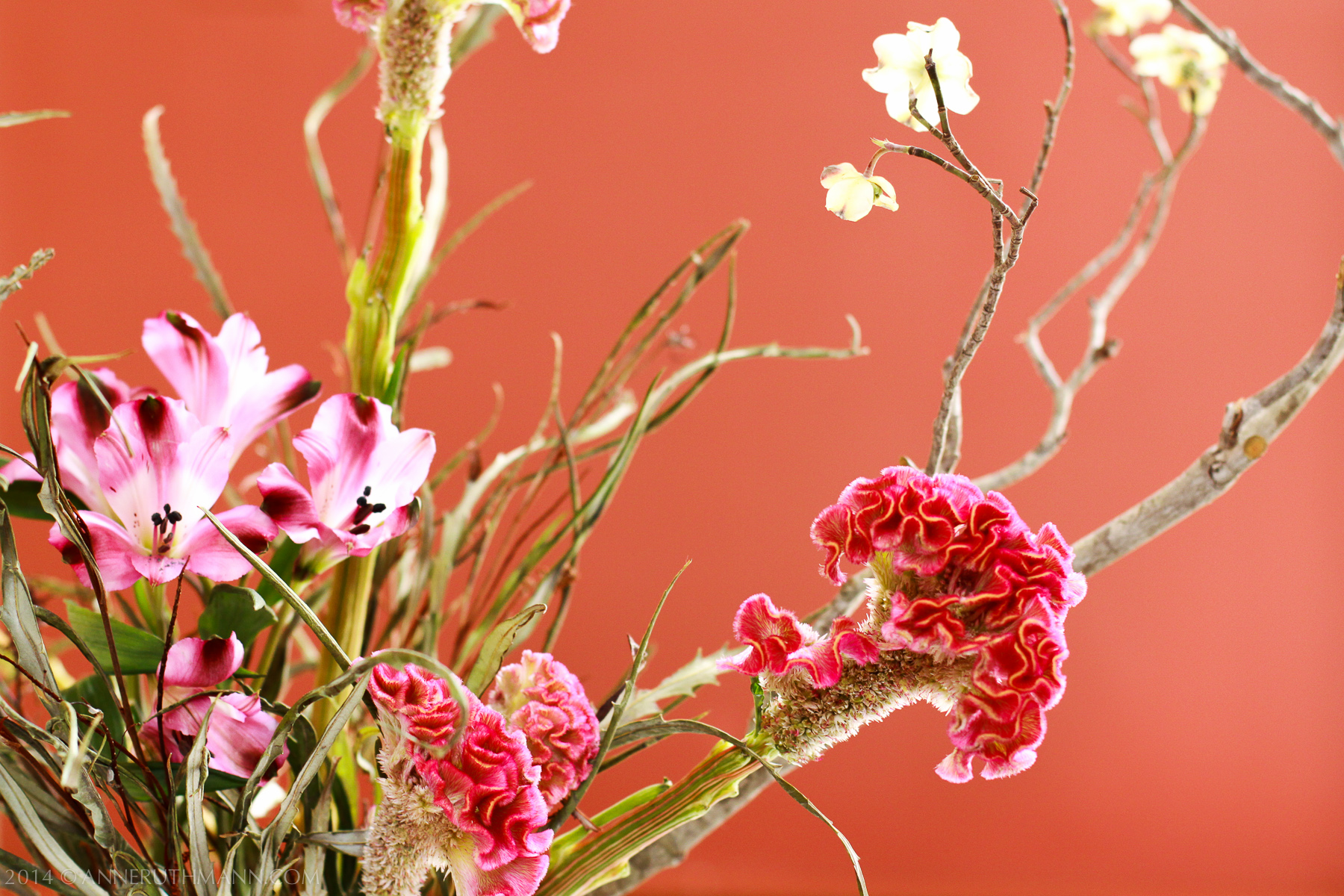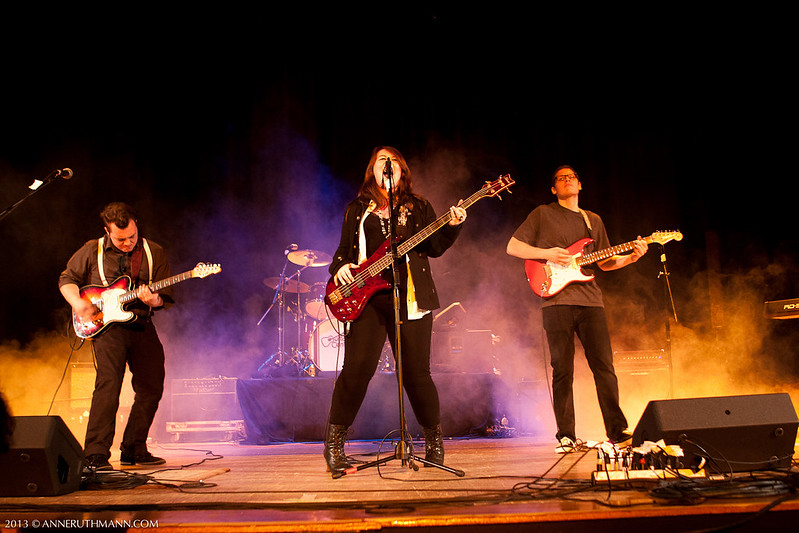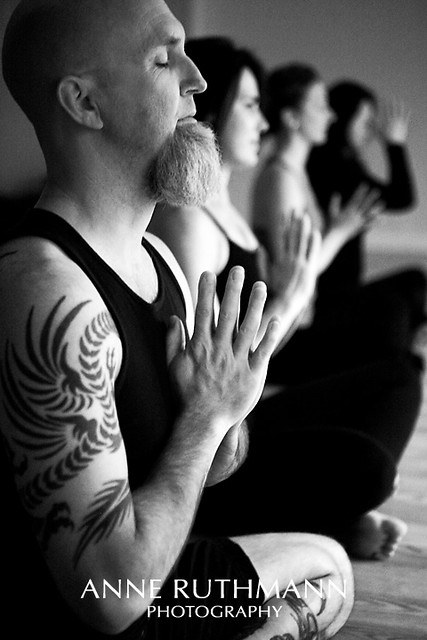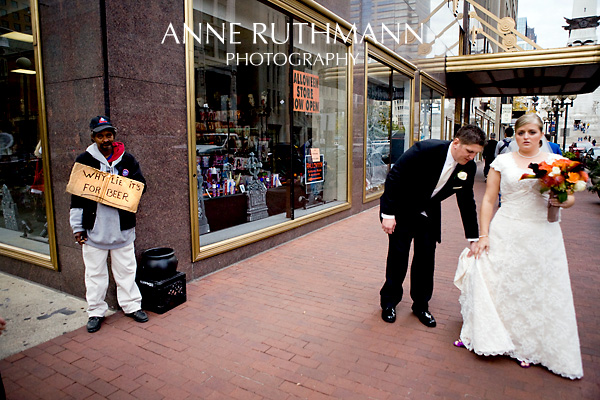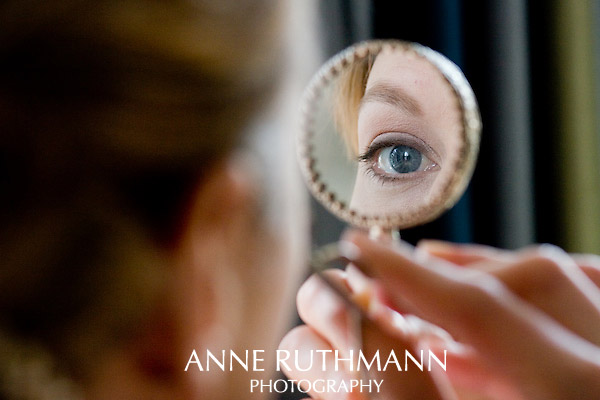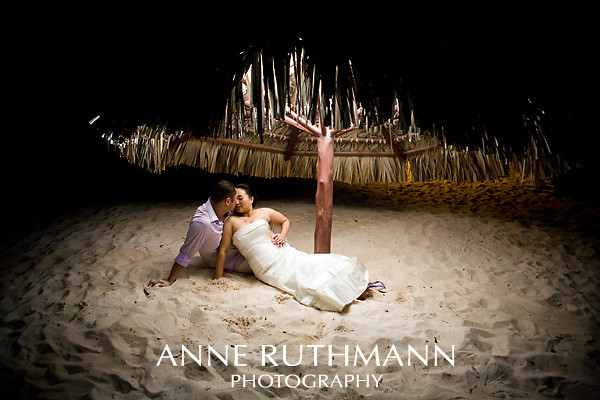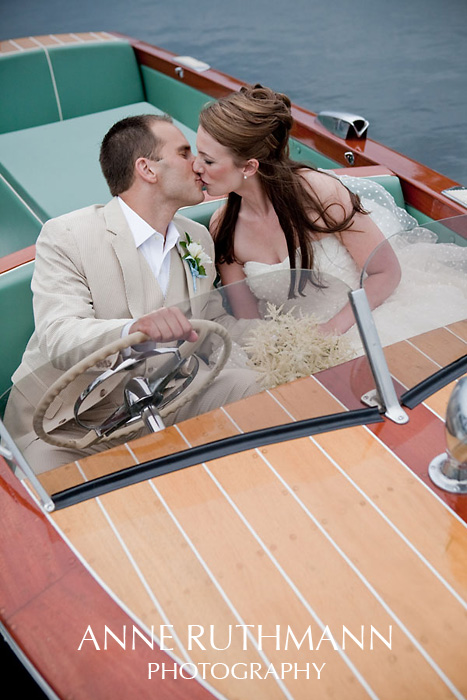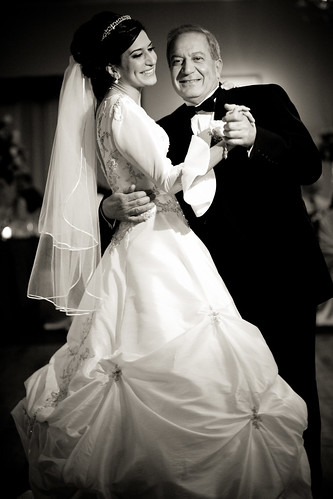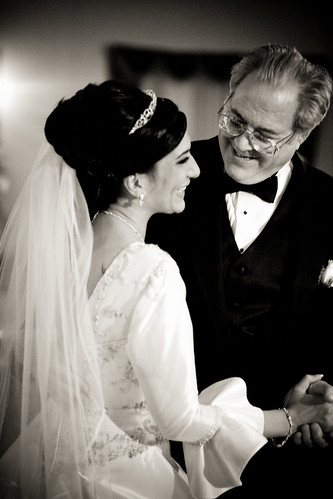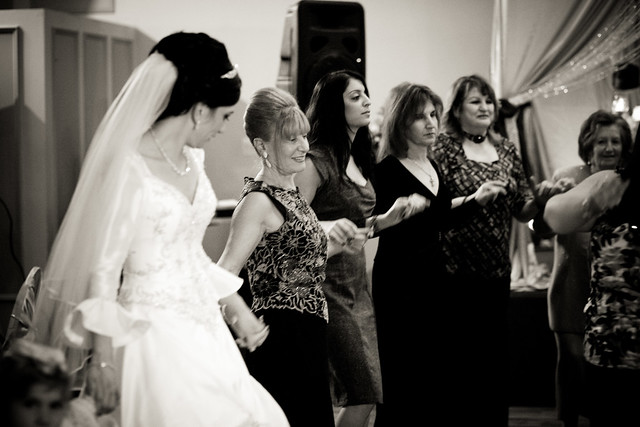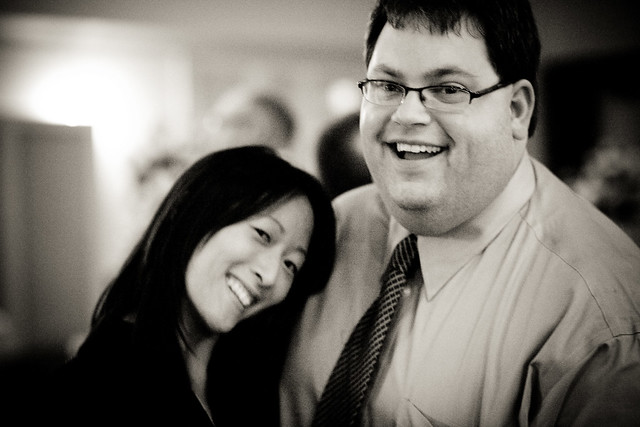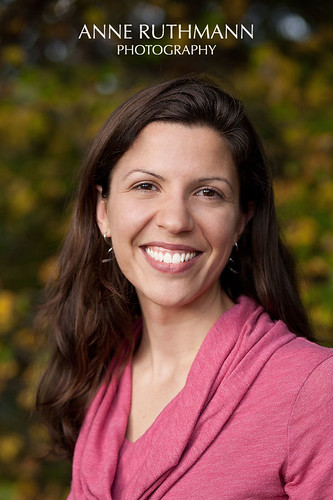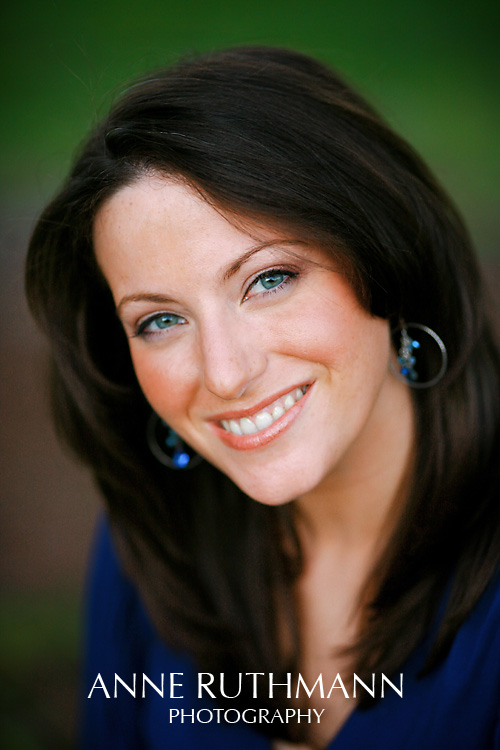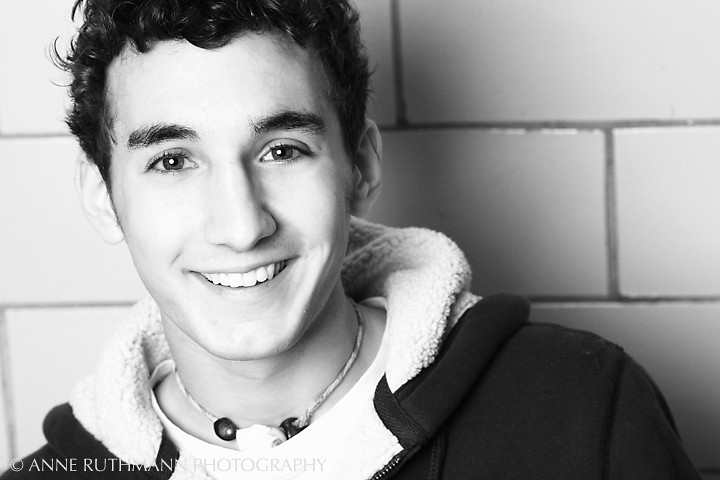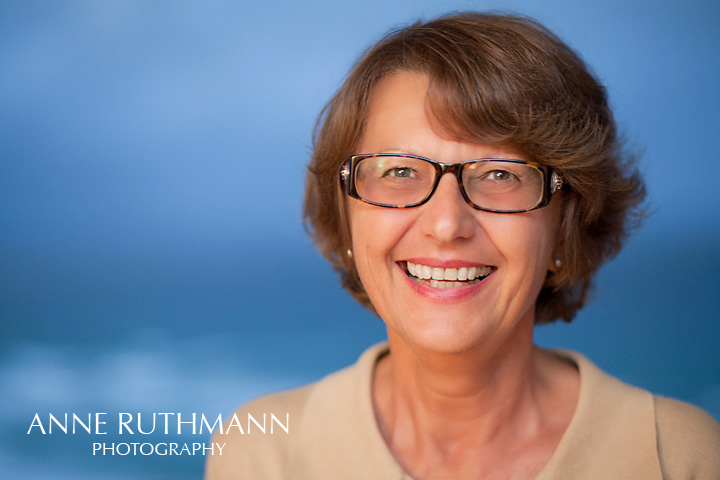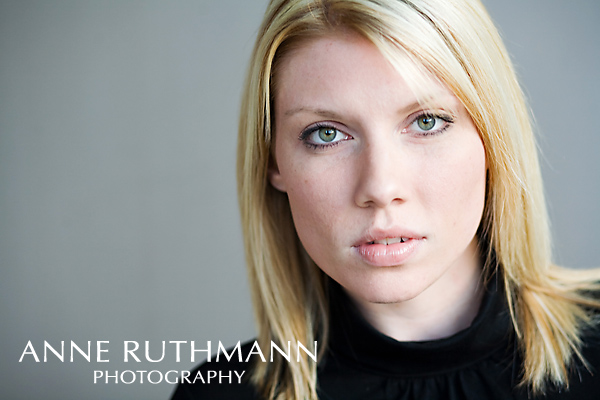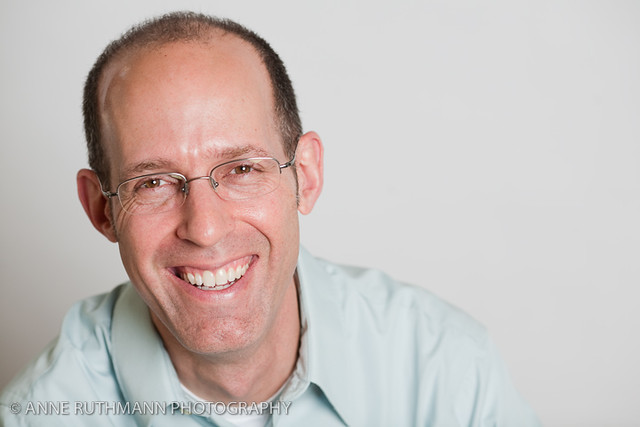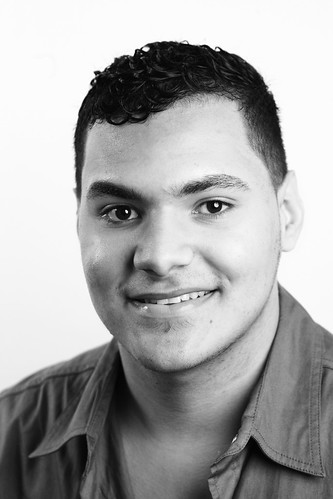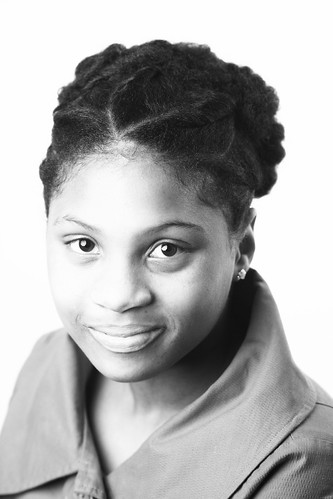We did it. We survived our first year in Manhattan and learned a lot along the way. In many ways it feels like one year of living and working in Manhattan is like a lifetime in other cities. So many things can happen in just one day, plus the city is in a constant state of change, so there are new experiences to be had even if you walk the same streets every day. It's hard to know where to start with what I've experienced over the last year of living in this city, so I'll just go with what comes to mind after meeting over 200 residents living and working with me in this little overpopulated island of people... (all photos are from my personal instagram feed)
1. Manhattan Can Make A Millionaire Feel Broke
Overheard at a party, "... they aren't hedge fund rich, they're just lawyers and doctors." Professions that would likely score you a mansion with a nice plot of land in the rest of the country can score you a cozy 500sq.ft. studio apartment in your favorite neighborhood of Manhattan. I've met CEOs and CFOs of major companies looking to rent out their space in Manhattan while they travel because they'd like someone else to pay the rent so they can enjoy a little more vacation cash. In a way, it's also a bit leveling in the playing field. What neighborhood you found an apartment in and if you got a deal on rent is often a topic of discussion as you get to know people here. It's not as taboo as other parts of the country because it can occasionally take people 6 months to a year just to find an affordable place to live. The people who get shy to share are the ones who are paying under market rate for their place because they know jealousy will ensue. To emphasize his rent-control deal without revealing numbers, one guy said, "if I told you what I was paying in rent, you'd punch me in the face." I bring this up because EVERYONE feels like it's very expensive to live here because they KNOW they can get more for their money elsewhere, no matter what end of the income spectrum they happen to fall on, but they continue to stay, pay, and make sacrifices because they love this place and wouldn't want to live anywhere else.
2. Manhattan is Designed for Short Skinny People
As a tall and large-framed female, I am very aware of how much larger I am compared to the intended comfortable consumer of this crowded city. I would estimate that you might feel quite comfortable with only 2sq.ft. of personal space around you if you were a 5'5" 130lb person. At my height and size, that leaves me with little more than 3-4" of space on any side of me, which becomes a blessing in a crowded commuter train where everyone is just attempting not to sweat on each other. However when you're having dinner, those few inches of space are crucial to being able to move your arms for things like cutting your food or grabbing a glass of wine on your table without elbowing a diner sitting at the table next to you. I'm quite certain the maximum occupancy and fire codes for Manhattan buildings are based on a completely different standard than the rest of the country. While there are certainly exceptional places that provide a comfortable sense of personal space for even an NFL player, there are enough places that are not designed with this in mind to remind me every day that that the average New Yorker is more petite than the Midwestern types.
3. A Couch in Manhattan Is Free Hotel Room for Friends & Family
When the alternative is paying $300 - $400 a night for a hotel room, the couch in your living room is suddenly an amazing option for anyone interested in visiting you. I knew people would want to visit, and we certainly did our share of encouraging people to visit, but we almost needed to create a separate visitor calendar for our couches just to make sure we could accommodate our visitors. Once you move here, you become a destination trip for friends and family who want to visit for a long weekend or more. Hosting guests in Manhattan teaches you exactly how to sleep 6 people comfortably in a one bedroom apartment with two couches, and it gives you reason to do all the touristy things you rarely make time for otherwise.
4. Manhattan was Made for Walking
Before moving to Manhattan, a mile seemed like a long walk. I now think nothing of walking 15-20 minutes or 20 "short blocks" to my destination. I probably walk 3-4 miles a day when I'm on assignment shooting different properties around me. Depending on your destination, walking may even be faster than taking a taxi, bus, or the subway. When friends and family visit, we usually take them on a tour of the neighborhood which can easily turn into four hours of walking around outside and stopping various places. Then, like clockwork, they end up crashing in a 45-90minute nap in the middle of the day. If they stay overnight, their hips usually hurt the second day from all the walking the first day. While there is accessibility for those who are handicap, it's rare to see anyone in a wheelchair on the subway, but I frequently see 90+ year seniors almost doubled over in half walking around without a cane. These lifelong New Yorkers are inspiring with their elderly mobility. This city is best experienced on foot any day of the year and you can easily miss a lot of the random cool things around you when you're flying by on a bike, in a taxi, or underground.
5. Manhattan Is The Loudest City On Earth
Aside from the public health issue of not having enough oxygen-producing plants to compensate for the 8 million people living here, there's also the public health issue of protecting your hearing. That blasting fire truck siren may be an annoyance in your apartment building at night, but when it approaches and whizzes by you on the street merely 5 feet away, the decibels of that siren are at the threshold of auditory pain. The trains pulling in and out of the subway as they squeal and rattle by can also be seriously ear-drum piercing. Talking to someone in a crowded NYC restaurant or bar is easily the same loudness required by an opera singer projecting to a crowded ampitheatre. If you think New Yorkers are stubborn and loud, it's more likely that they are just deaf and used to louder environments. (Caveat: I haven't been to Mumbai or Beijing - but I imagine they'd be equally as loud.)
There are many more things I've learned since living in Manhattan, but those are the ones you should definitely know if you plan to move here too. New Yorkers learn to tolerate a lot of things that might bother people who aren't from the city, either out of necessity or because life is simply less stressful when you aren't bothered by everything. I've learned which people sitting and begging on the street are neighborhood regulars and perfectly sane people versus the ones who may need to be avoided. Also, for the amount of people and the diversity we have in this city, it's actually quite safe, and I've gone an entire year without being a witness to a single crime, theft, or assault (knock on wood.) That doesn't mean I completely let my guard down or stay out really late, but I'm more relaxed walking around than I was when I first moved here. Of course there are a lot of bonuses to living here that I haven't shared, but I'll save those for another post ( now available: Living in Manhattan - My Second Year). ;-)







